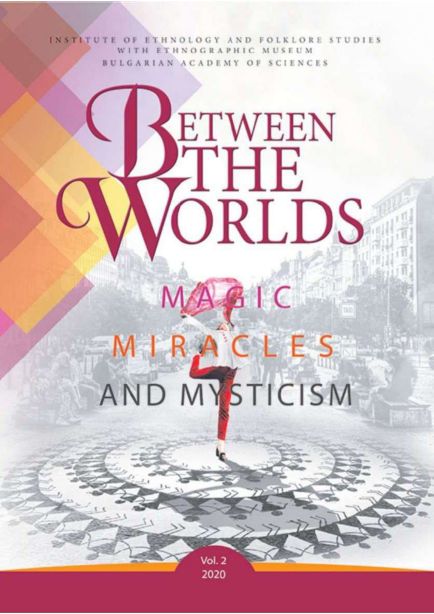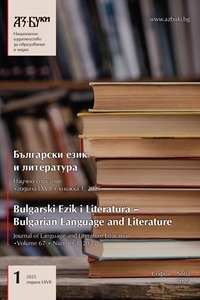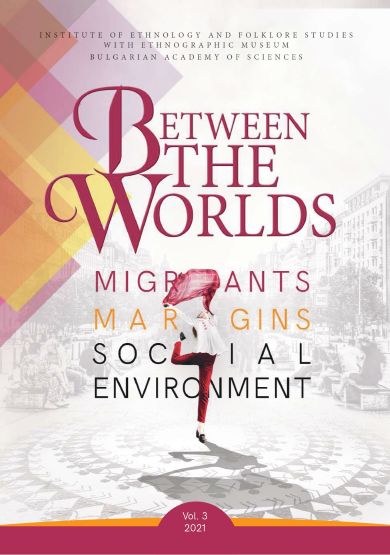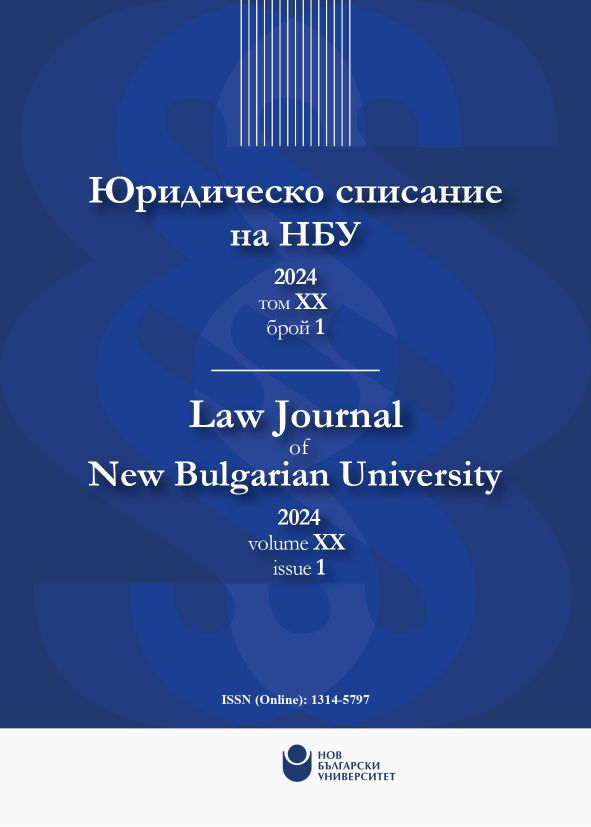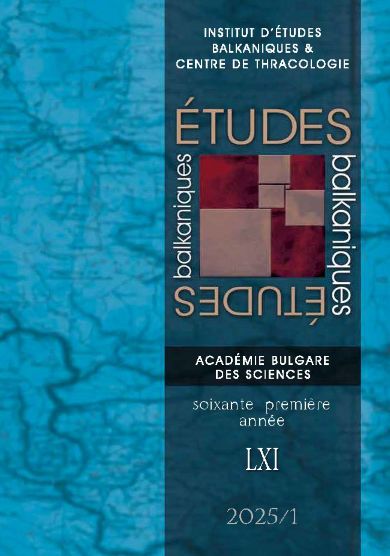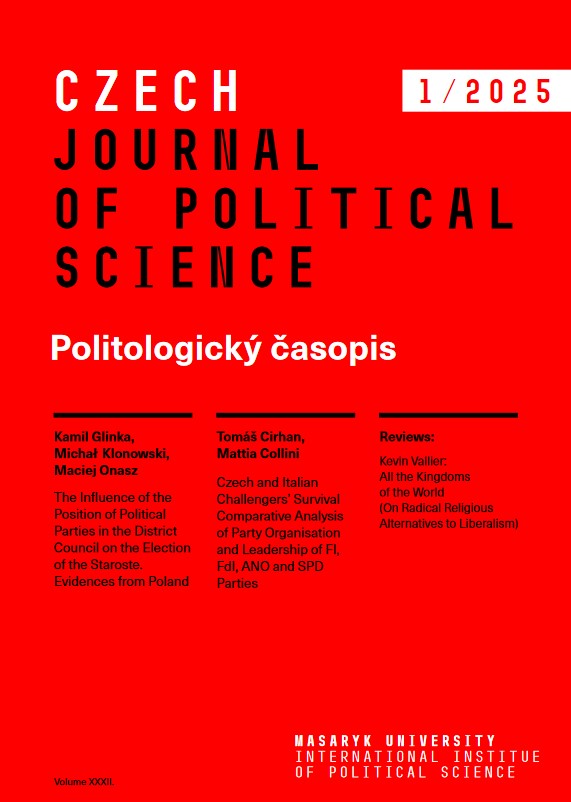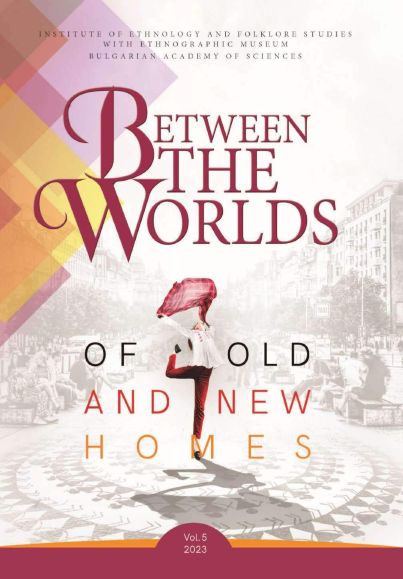
Old Homes and New Homes: Hierarchies Entangled Generative Space
Two Bulgarian women from different generations living in France find themselves confronted by one of the most morally abhorrent legacies of socialism, the role of the state security services and regular people’s complacency. Using as case studies Bojina Panayotova’s documentary I See Red People (Je vois rouge; Cherveno, tvarde cherveno), 2018, about her family’s contacts with Bulgarian secret services and the film’s reception in Western media, as well as the ‘scandal’ of Julia Kristeva’s collaboration with these units, as it was covered in Bulgaria and in the West, I interrogate what the legacy of totalitarianism reveals about continuous cultural tensions and divisions between the West and Southeastern Europe, in this case, Bulgaria. Relying on life narratives, cinematic stories and media reception theory, I contend that Southeastern European societies are still unable to confront their histories of perpetrators and victims, and the West, carried by the traditions and inertia of cultural and economic hierarchies and perception of domination, is still unable to know Eastern Europe and to analyse its history. To evoke Michael Rothberg’s ‘implicated subject’ idea, I contend that both cultures are implicated. Based on these two cases, I consider theoretical questions on thinking Europe (both Western and Eastern, centre and periphery) from what I call the generative space. Moving beyond post-imperial, post-colonial, and post-socialist concepts, are there other productive approaches to revitalised Cold War imaginaries?
More...
